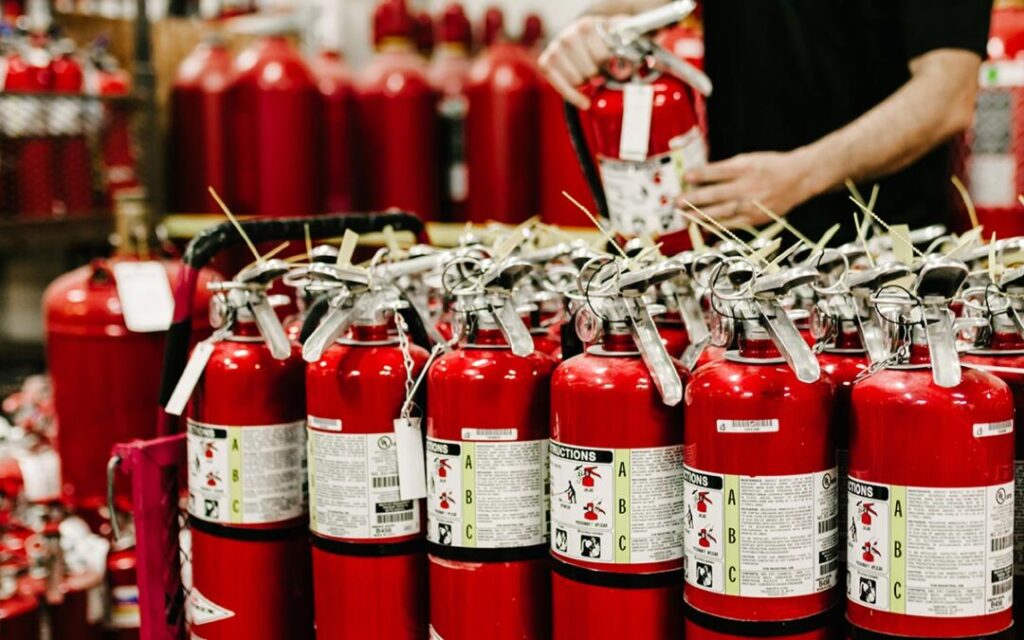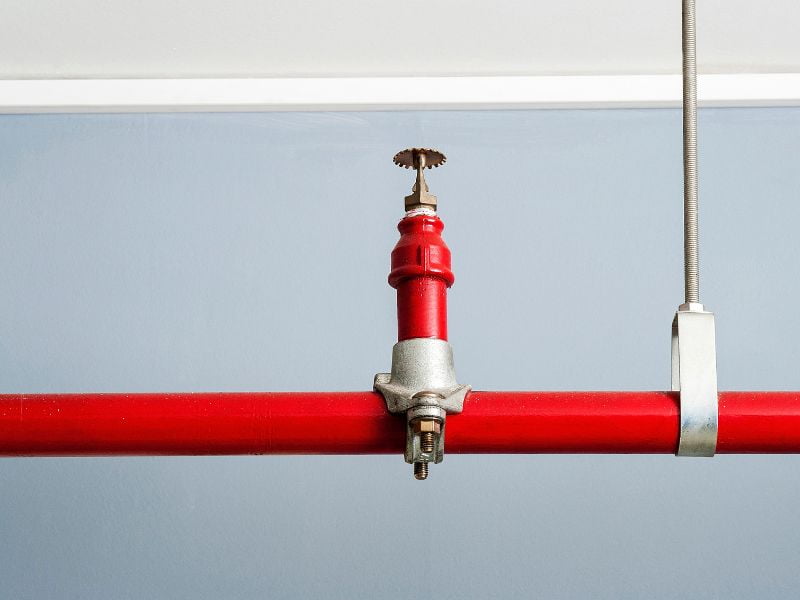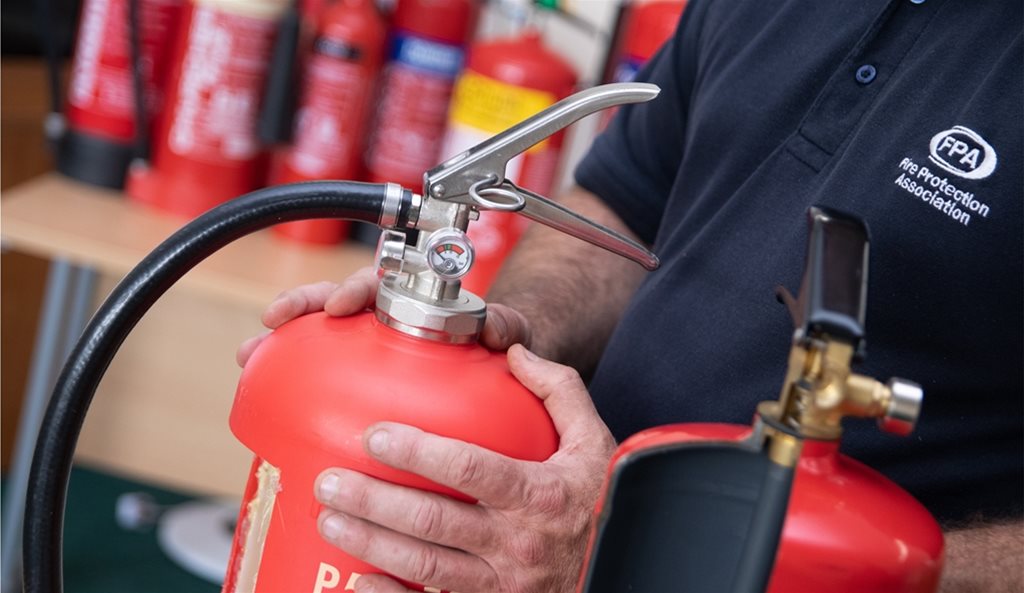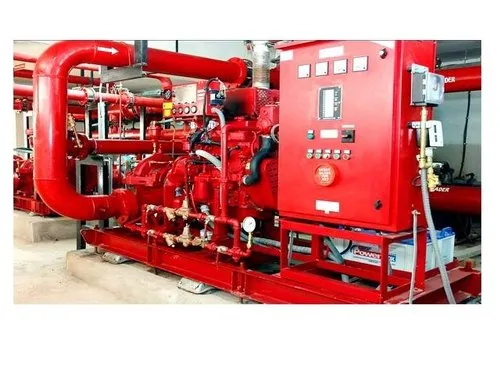Fire Extinguishers Expire: Fire extinguishers are essential safety devices for any commercial establishment, protecting lives and property from the devastating effects of fire.
However, many business owners often overlook a critical aspect of fire safety: the expiration and maintenance of fire extinguishers.
This comprehensive guide will explore whether fire extinguishers expire, how to determine when to replace them, and best practices for ensuring your fire safety equipment remains effective.
Understanding Fire Extinguishers
Before delving into expiration and replacement, it’s important to understand what fire extinguishers are and how they work.They contain agents that can extinguish fires caused by different materials, classified into various categories:
- Class A: Ordinary combustibles (wood, paper)
- Class B: Flammable liquids (gasoline, oil)
- Class C: Electrical fires
- Class D: Flammable metals
- Class K: Cooking oils and fats
Do Fire Extinguishers Expire?
The Lifespan of Fire Extinguishers
Fire extinguishers do not have a fixed expiration date like perishable goods, but they do have a limited lifespan. Most fire extinguishers have a shelf life of 5 to 15 years, depending on the type and manufacturer. After this period, the effectiveness of the extinguisher may diminish, making it crucial to replace or service them regularly.
Factors Affecting Lifespan
- Type of Extinguisher: Some extinguishers, such as those containing dry chemicals, may last longer than others. CO2 extinguishers, for example, have a shorter lifespan.
- Usage: If an extinguisher has been used, even partially, it should be serviced or replaced immediately.
- Environmental Conditions: Extinguishers exposed to extreme temperatures, humidity, or corrosive environments may deteriorate faster.
- Maintenance: Regular maintenance checks can extend the life of a fire extinguisher. Neglecting maintenance can lead to premature failure.
Signs That Your Fire Extinguisher Needs Replacement
Knowing when to replace your fire extinguishers is essential for safety. Here are several signs that indicate it’s time for a replacement:
1. Expiration Date
Most fire extinguishers have an expiration date printed on the label. If your extinguisher is past this date, it should be replaced, even if it appears to be in good condition.
2. Physical Damage
Inspect your fire extinguishers regularly for any signs of physical damage. Look for:
- Dents or punctures
- Rust or corrosion
- Leaks
- Broken or missing parts (e.g., nozzle, handle)
If any of these issues are present, it’s time to replace the extinguisher.
3. Pressure Gauge Reading
Many extinguishers come equipped with a pressure gauge. Check the gauge regularly:
- Green Zone: The extinguisher is charged and ready for use.
- Red Zone: The extinguisher is either overcharged or undercharged and may not function properly.
If the pressure is not in the green zone, replace the extinguisher.
4. Annual Inspection
Commercial fire extinguishers should be inspected annually by a certified professional. During this inspection, the technician will assess the condition and functionality of the extinguisher. If they recommend replacement, take their advice seriously.
5. Regular Maintenance
Fire extinguishers require routine maintenance every 6 years, which involves a more thorough examination. After 12 years, most extinguishers should be hydrostatically tested. If they fail the test, they must be replaced.
Best Practices for Fire Extinguisher Maintenance
To ensure your fire extinguishers remain effective, follow these best practices:
1. Conduct Regular Inspections
Set a schedule for monthly visual inspections of your fire extinguishers. Check for:
- Accessibility (ensure extinguishers are not obstructed)
- Proper signage (indicating locations)
- Visible damage or corrosion
- Pressure gauge readings
2. Schedule Professional Inspections
Hire a certified professional to inspect your extinguishers annually. They will perform necessary maintenance and ensure compliance with local fire codes.
3. Train Employees
Provide training for your employees on how to use fire extinguishers properly. This training should include:
- Recognizing the types of fires
- Locating and accessing extinguishers
- The PASS technique (Pull, Aim, Squeeze, Sweep)
4. Keep Records
Maintain a log of inspections, maintenance, and replacements. This documentation can be crucial for compliance and safety audits.
5. Replacement Protocol
Establish a protocol for replacing extinguishers that are outdated or damaged.
Compliance with Fire Safety Regulations
It’s essential to comply with local fire safety regulations regarding fire extinguishers. These regulations often dictate the type, number, and placement of extinguishers based on the size and nature of your business. Familiarize yourself with the National Fire Protection Association (NFPA) guidelines and consult your local fire marshal to ensure compliance.
Conclusion
Fire extinguishers are vital components of your commercial fire safety plan. Understanding their lifespan, recognizing signs of expiration, and maintaining them properly are crucial for ensuring the safety of your employees and property. Regular inspections, professional maintenance, and employee training are key elements of a successful fire safety strategy. By prioritizing fire extinguisher management, you can protect your business from the dangers of fire and ensure a safe working environment for all.
Final Thoughts
Don’t wait for an emergency to discover that your fire extinguishers are ineffective. Take proactive steps today to assess your fire safety equipment, implement a maintenance plan, and educate your team. By doing so, you’re not just complying with regulations; you’re investing in the safety and well-being of everyone in your commercial space.





